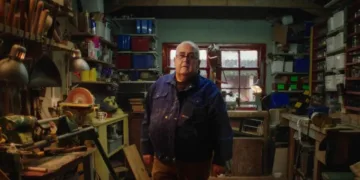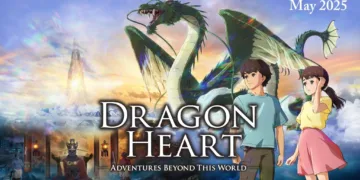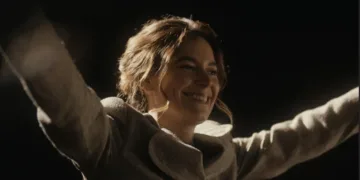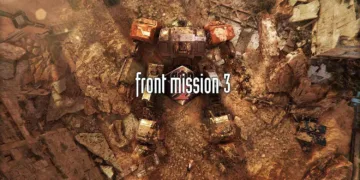Tom Cruise’s recent revelation that he “couldn’t see” during an extended underwater dive in Mission: Impossible – The Final Reckoning has thrust into the spotlight the harrowing lengths to which the 62-year-old star will go to capture an authentic cinematic moment. Wearing a custom-built 125-pound diving suit and equipped with a rebreather system that recycles his exhaled air, Cruise navigated a labyrinth of submerged corridors beneath the wreck of a Russian submarine—obliterating any sense of vision with intense floodlights and trusting only in rigorous safety protocols to guide him back to the surface.
In a recent interview on The Tonight Show, Cruise broke down the submarine sequence, admitting that the glare from underwater lights rendered him virtually blind. “I literally could not see my hand in front of my face,” he said, noting that the 100-plus-pound suit amplified every motion, every turn, turning what might have been a routine dive into a claustrophobic gauntlet. The scene demanded not only physical stamina but iron-clad coordination among hidden grips, camera divers, and emergency lifelines orchestrated by a team of specialized stunt professionals.
Director Christopher McQuarrie and cinematographer Fraser Taggart conceptualized a lighting system that could cut through dark, murky waters without betraying the actors’ submerged positions. Walls of detachable “lid” lights were sequentially revealed to simulate the eerie glow of a sunken hull’s interior—a choreography years in the making that had to accommodate currents, silt, and the unpredictable nature of rebreather breathing cycles.
Even as the film’s production team celebrated the sequence’s success, safety experts underscore the inherent risks. According to stunt-safety consultant Pete Antico, unprecedented stunts must be underpinned by exhaustive risk assessments and rapid-response plans involving multiple safety divers, on-set medical crews, and redundant air-supply configurations—a reminder that behind every jaw-dropping shot lies a network of safeguards designed to keep performers alive.
The Final Reckoning marks the purported conclusion of Ethan Hunt’s saga, tying back to plot threads first introduced in Mission: Impossible III. The sunken submarine’s “Rabbit’s Foot” module—an allusion to the series’ McGuffin—is central to Hunt’s quest, offering a narrative symmetry that bookends two decades of globe-spanning espionage. While audiences debate whether this truly is his final mission, Cruise himself has affirmed he’ll continue acting—and performing similar stunts—well beyond his sixties.
Early reviews from Cannes and preview screenings praise the submarine stunt as one of the franchise’s most visceral set pieces, though some critics maintain that its grandeur contrasts with a densely layered plot that occasionally bogs the film’s pacing. As the film heads into its May 23 release, industry projections peg its opening weekend between $80 million and $110 million—testament to Cruise’s enduring box-office draw.
















































